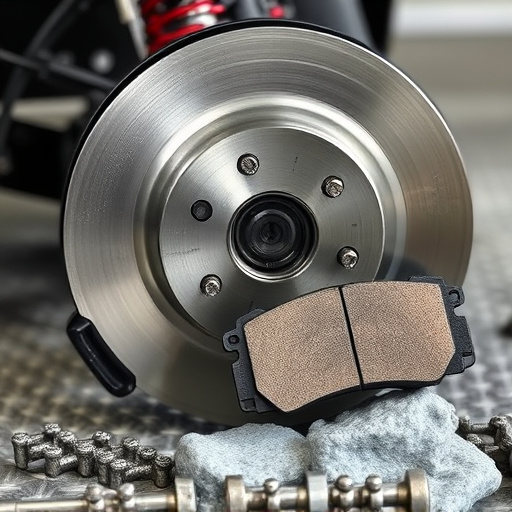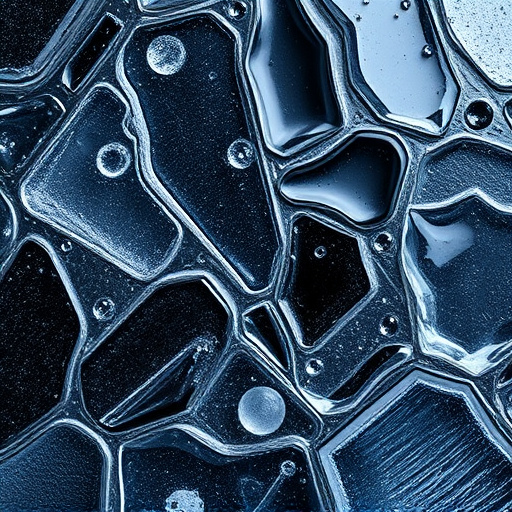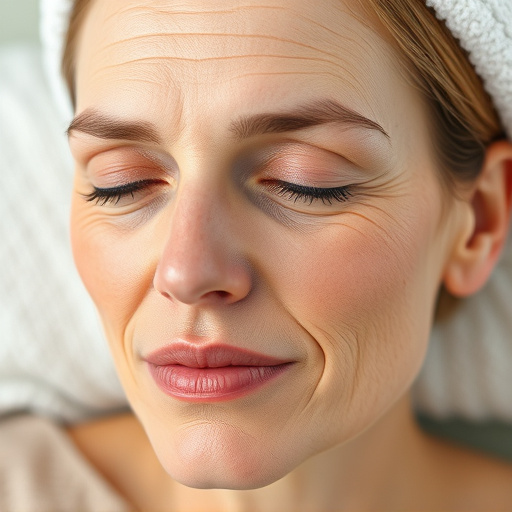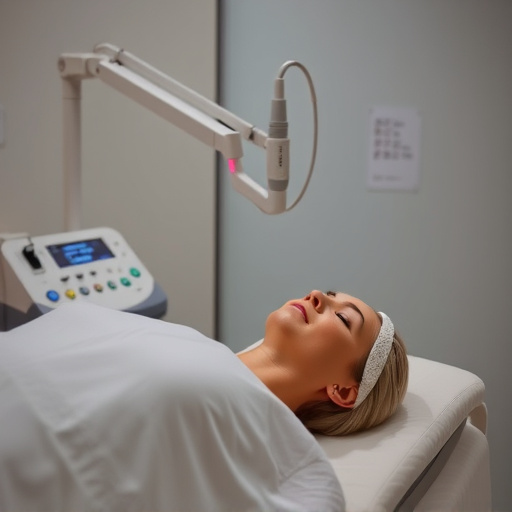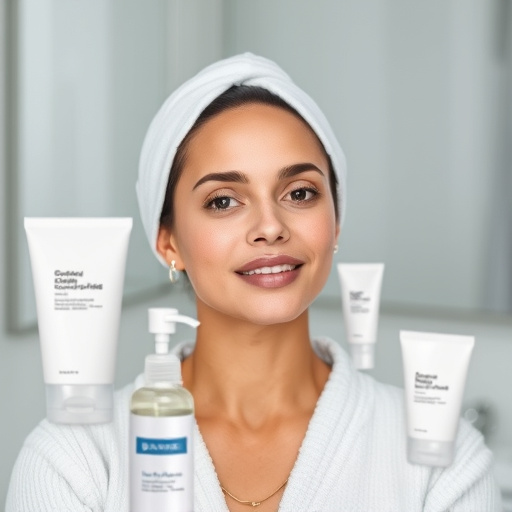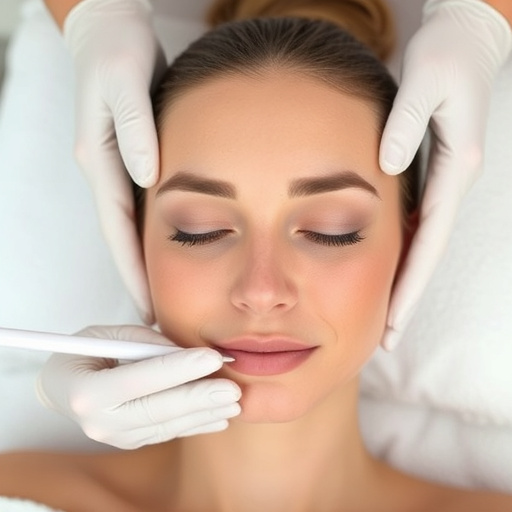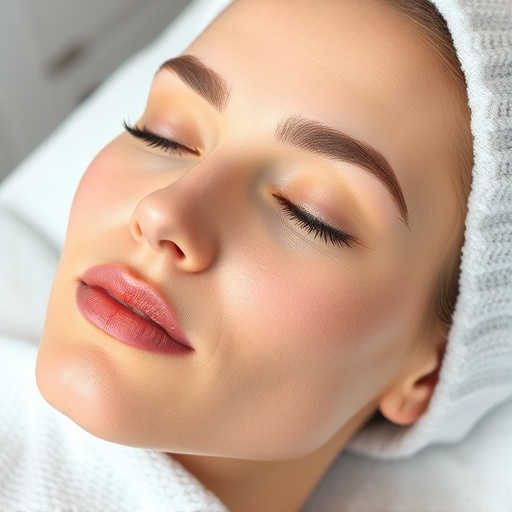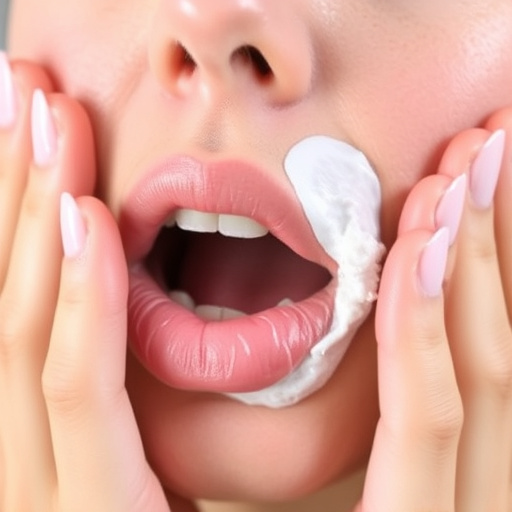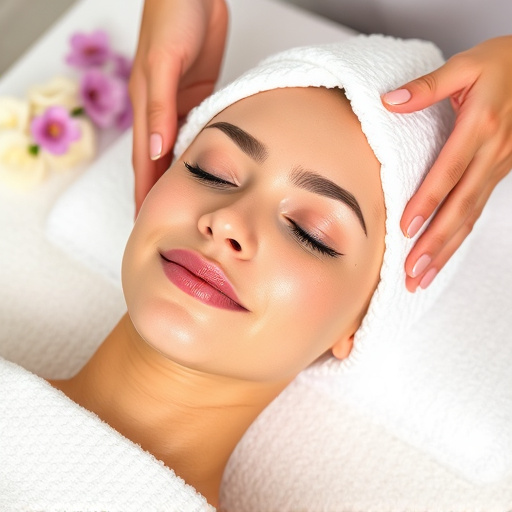Skin resurfacing treatments, popular for their anti-aging benefits, stimulate collagen production and remove damaged skin layers to transform and rejuvenate the complexion. The optimal age to start these procedures varies based on individual skin health and goals, with personalized advice from dermatologists essential. In the 20s, anti-aging routines focus on early signs of aging; in the 30s and 40s, tailored treatments address specific concerns like elasticity loss and deeper wrinkles.
“Uncover the ideal age for embarking on a journey of enhanced skin rejuvenation with our comprehensive guide. Skin resurfacing treatments, a popular beauty trend, offer significant benefits in terms of texture and tone improvement. However, choosing the right time to start is crucial.
This article explores the factors influencing the optimal age, providing insights tailored to various demographics. From understanding treatment types to navigating individual skin concerns, we delve into when different age groups can reap the most from these transformative procedures.”
- Understanding Skin Resurfacing Treatments and Their Benefits
- Factors to Consider When Determining the Optimal Starting Age
- When to Begin: A Comprehensive Guide for Different Age Groups
Understanding Skin Resurfacing Treatments and Their Benefits
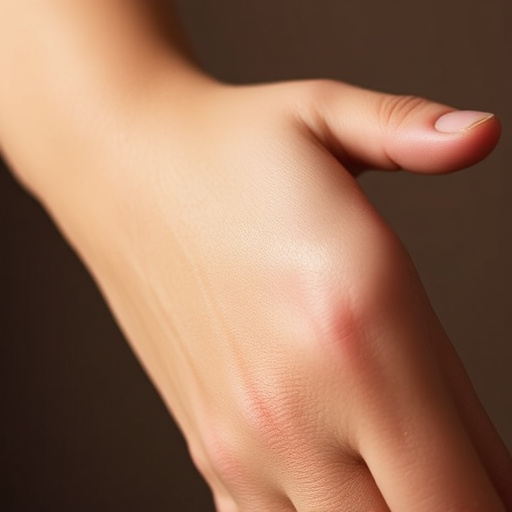
Skin resurfacing treatments have gained significant popularity due to their ability to transform and rejuvenate the skin’s surface. These advanced procedures offer a non-invasive approach to tackling various skin concerns, most commonly targeting wrinkles, fine lines, and age spots. By stimulating collagen production and removing layers of damaged skin, they promote a smoother, more youthful complexion.
The benefits extend beyond aesthetic improvements. Skin resurfacing can also enhance the overall texture and tone of the skin, making it look brighter and healthier. As an effective solution for those seeking to combat the signs of aging, these treatments provide a confident boost to one’s appearance, allowing individuals to embrace their skin with renewed passion.
Factors to Consider When Determining the Optimal Starting Age
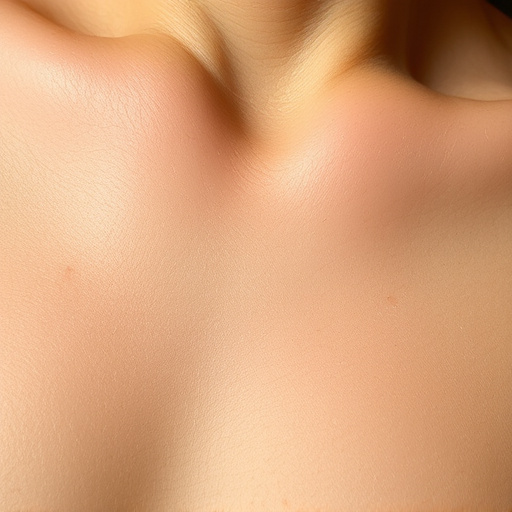
When considering skin resurfacing treatments, age is a significant factor but not the only one. The optimal starting age depends on several elements unique to each individual’s skin health and goals. Firstly, it’s essential to assess your skin’s condition: is it prone to acne, fine lines, or wrinkles? Skin type also plays a role; oily skin might benefit from treatments earlier than dry or sensitive skin, which requires gentler approaches.
Another crucial aspect is lifestyle factors. Individuals who lead active lives and follow healthy habits like regular exercise, sun protection, and a balanced diet can often withstand more aggressive treatments sooner. Conversely, those with busy schedules or exposure to harsh environmental conditions might need to wait until their skin is slightly older and more resilient. Consulting dermatologists or medical spa professionals for personalized advice on chemical peels, laser hair removal, or other procedures is beneficial to ensure the best results at your chosen starting age.
When to Begin: A Comprehensive Guide for Different Age Groups
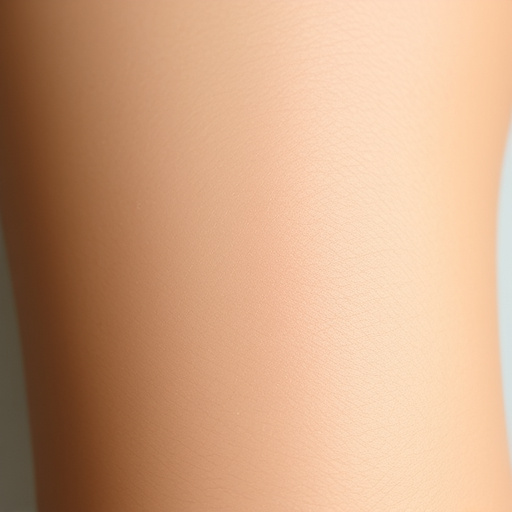
The age at which one should begin skin resurfacing treatments varies greatly depending on individual skin concerns and goals. Generally, it’s recommended to start incorporating anti-aging treatments into your skincare routine in your 20s. This proactive approach helps combat the first signs of aging, such as fine lines and hyperpigmentation, which can become more pronounced over time. Regularly scheduled customized facials can offer deep cleansing and exfoliation, promoting a radiant complexion.
For those in their 30s and 40s, skin resurfacing treatments can be tailored to address specific concerns like loss of elasticity or deeper wrinkles. Hydrating facials are an excellent option for this age group as they help replenish the skin’s natural moisture barrier, keeping it looking plump and youthful. As we age, our skin’s needs change, so consulting a dermatologist to create a suitable regimen is essential, whether you’re in your 20s or beyond.
Skin resurfacing treatments have become increasingly popular, offering a range of benefits for those seeking youthful-looking skin. While there’s no one-size-fits-all answer to the best age to start, understanding your skin type and individual needs is crucial. Considering factors like skin health, age-related changes, and personal goals can help guide your decision. Whether you’re in your 20s looking to prevent early signs of aging or a more mature individual aiming for significant rejuvenation, consulting with a dermatologist will ensure the most suitable starting point for your journey towards healthier, smoother skin through effective skin resurfacing treatments.
